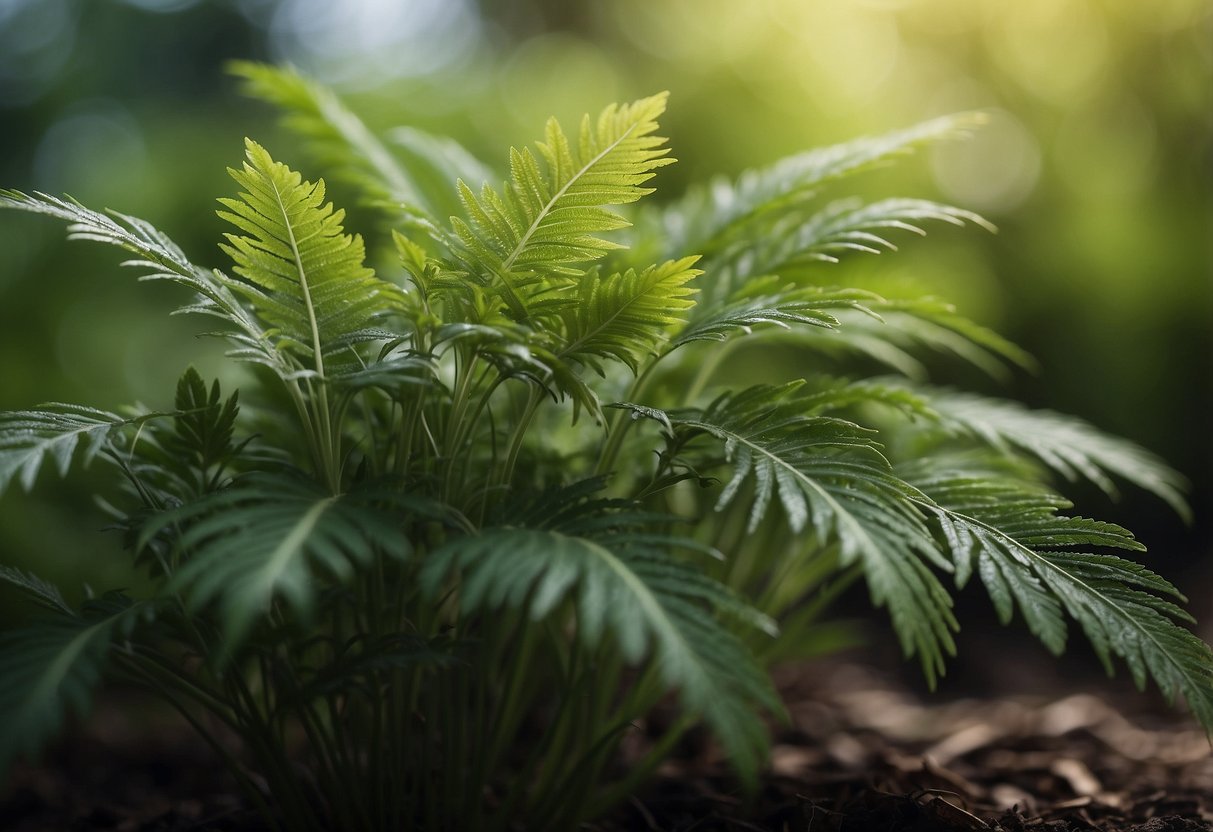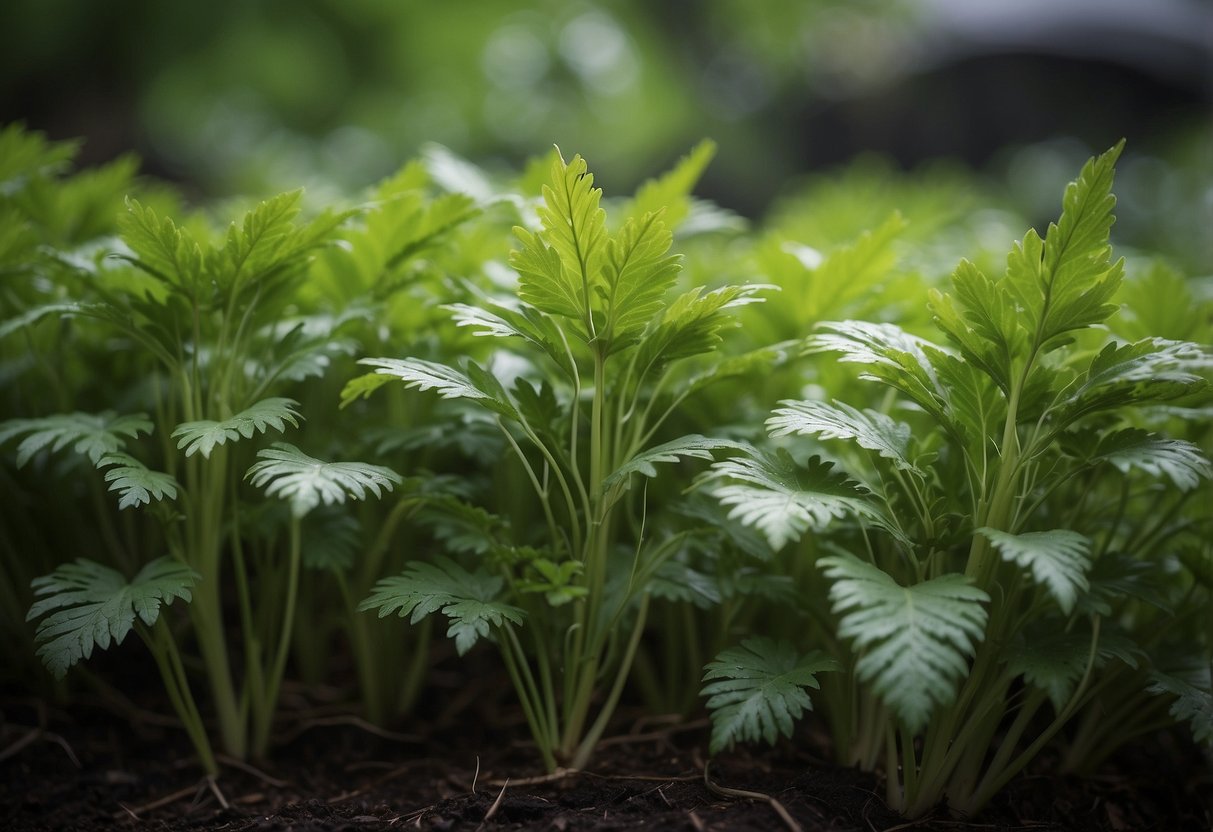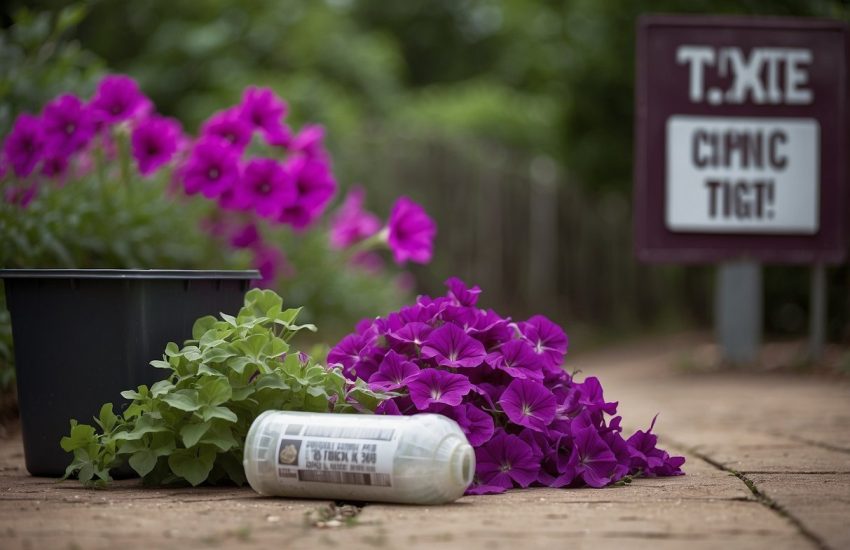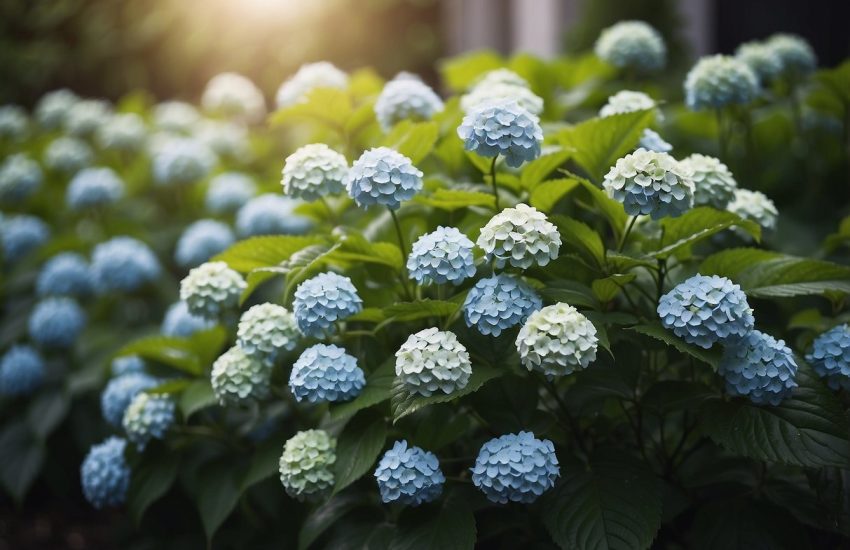Plant That Looks Like Carrot Leaves: Identification and Characteristics
Plants that look like carrot leaves can be tricky to identify, especially for novice gardeners. While some of these plants are edible, others are highly poisonous and can be deadly if ingested. In this article, we will explore some of the plants that look like carrot leaves, how to identify them, and whether or not they are safe to eat.

One of the most common plants that look like carrot leaves is poison hemlock. Poison hemlock has a compound pinnate structure that is lacey in appearance with a bright green color, similar to carrot leaves. However, all parts of the poison hemlock plant are toxic, and ingestion can lead to death. It is important to note that poison hemlock is often mistaken for wild carrot, also known as Queen Anne’s Lace, which is a non-toxic plant that is safe to eat.
Another plant that looks like carrot leaves is water hemlock. Water hemlock has leaves that are similar in appearance to carrot leaves, but the plant is highly poisonous. Ingesting even a small amount of water hemlock can lead to death. It is important to be able to identify water hemlock in order to avoid accidental ingestion.
Understanding Plants with Carrot-Like Leaves

Plants with carrot-like leaves can be found in gardens and the wild. These plants are often mistaken for carrots due to their fern-like leaves and similar appearance. This section will cover the characteristics of carrot plants, common look-alikes and confusions, and the significance of leaf morphology.
Characteristics of Carrot (Daucus Carota)
Carrot (Daucus carota) is a root vegetable that belongs to the parsley family (Apiaceae). It is characterized by its long, tapered, orange root and fern-like green leaves. The leaves are pinnate and can grow up to 50 cm long. The plant produces white or pinkish flowers in an umbel shape. Carrots are widely cultivated for their edible roots, which are rich in vitamins and minerals.
Common Look-Alikes and Confusions
Several plants can be mistaken for carrots due to their similar appearance. Wild carrot (Daucus carota subspecies carota) is a common weed that is often mistaken for carrot. It has fern-like leaves and white flowers in an umbel shape. However, unlike carrots, wild carrot has a hairy stem and a woody taproot. Another common look-alike is poison hemlock (Conium maculatum), which is a highly toxic plant that can be mistaken for carrot due to its similar leaves. Poison hemlock has purple spots on its stem and a distinct musty odor.
Significance of Leaf Morphology
Leaf morphology is an important characteristic for identifying plants with carrot-like leaves. The leaves of carrot plants are pinnate and fern-like, with thin green pointed segments that can grow up to 50 cm long. The leaves of wild carrot and poison hemlock are also fern-like but have distinct differences in stem and root morphology. Understanding leaf morphology can help in the proper identification of plants and prevent confusion with toxic look-alikes.
In conclusion, plants with carrot-like leaves can be found in gardens and the wild. It is important to properly identify these plants to prevent confusion with toxic look-alikes. Carrot plants are characterized by their fern-like green leaves, while common look-alikes such as wild carrot and poison hemlock have distinct differences in stem and root morphology.
Identifying and Differentiating Species

The Apiaceae family includes several species that resemble carrot leaves, some of which are edible and others that are highly toxic. Knowing how to differentiate between them is crucial for safe foraging and cultivation.
Edible Relatives in the Apiaceae Family
Parsley (Petroselinum crispum) and yarrow (Achillea millefolium) are two common members of the Apiaceae family that have leaves similar to carrot leaves. Parsley leaves are dark green and glossy with serrated edges, while yarrow leaves are feathery and fern-like with white flowers. Both plants have edible roots and are used in cooking and herbal medicine.
Toxic Mimics to Avoid
Poison hemlock (Conium maculatum), water hemlock (Cicuta spp.), and wild parsnip (Pastinaca sativa) are three highly toxic plants that resemble carrot leaves. Poison hemlock has purple spots on its stem and has a musty odor, while water hemlock has a hollow stem and a carrot-like odor. Wild parsnip has yellow flowers and sap that can cause severe burns and blisters on the skin.
Cultivation and Wild Foraging Tips
When cultivating or foraging for plants that resemble carrot leaves, it is important to properly identify the species and only consume those that are safe to eat. Angelica (Angelica archangelica) and cow parsnip (Heracleum maximum) are two other species that resemble carrot leaves but are not toxic. Angelica has large, umbrella-like leaves and is used in herbal medicine, while cow parsnip has large, lobed leaves and can grow up to six feet tall.
For those interested in wild foraging, it is important to research and learn about the plants in your area, including their edible and medicinal uses, as well as their toxic mimics to avoid. Always use caution and consult with a knowledgeable expert before consuming any wild plants.


